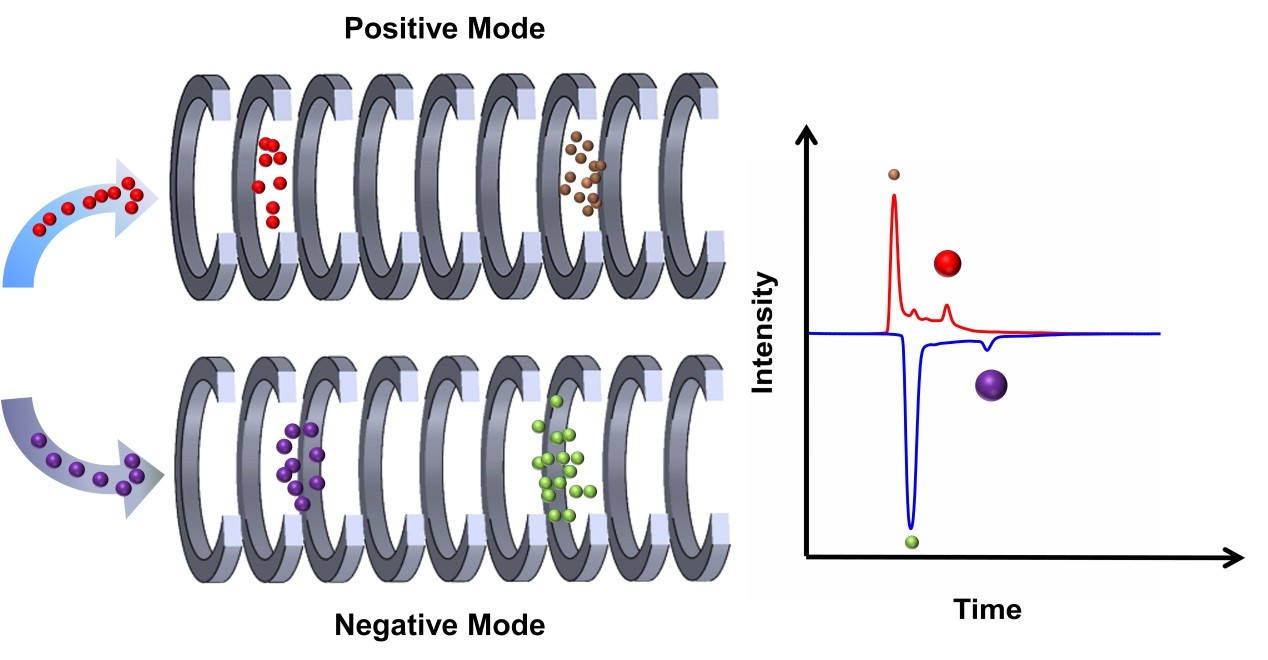
Recently, a research group from the Hefei lnstitutes of Physical Science (HFIPS) of the Chinese Academy of Sciences developed an approach that can facilitate rapid detection of both positive and negative ions of four toxic metabolites derived from 2,4,6-Trinitrotoluene (TNT), allowing for the detection of residual metabolites in the human body and providing valuable health warnings.
TNT undergoes biodegradation under the influence of fungi and bacteria, producing hazardous metabolites such as 2-amino-4,6-dinitrotoluene (2-ADNT), 4-amino-2,6-dinitrotoluene (4-ADNT), 2,4-diamino-6-nitrotoluene (2,4-DANT), and 2,6-diamino-4-nitrotoluene (2,6-DANT).
These metabolites pose potential health risks, making their detection critical, especially among workers in TNT manufacturing facilities.
In this study, the HFIPS group led by Prof. HUANG Chaoqun developed an innovative dual drift tube ion mobility spectrometry (DDT-IMS) technology, and used it for the rapid detection of these four metabolites.
HUANG and his team conducted dual-mode detection, calculated the ion mobility of the metabolites and analyzed how drift tube temperature affected the results.
They also evaluated the instrument response times for both detection modes.
By applying this technology to urine samples, the researchers demonstrated the feasibility and effectiveness of DDT-IMS in detecting TNT metabolites within complex biological matrices.
The technology harbors high potential in assessing the environmental and biological risks of TNT, according to Prof. HUANG.
The research results were published in Talanta.

Schematic diagram of DDT-IMS detection (Image by LI Aiyue)

86-10-68597521 (day)
86-10-68597289 (night)

86-10-68511095 (day)
86-10-68512458 (night)

cas_en@cas.cn

52 Sanlihe Rd., Xicheng District,
Beijing, China (100864)

